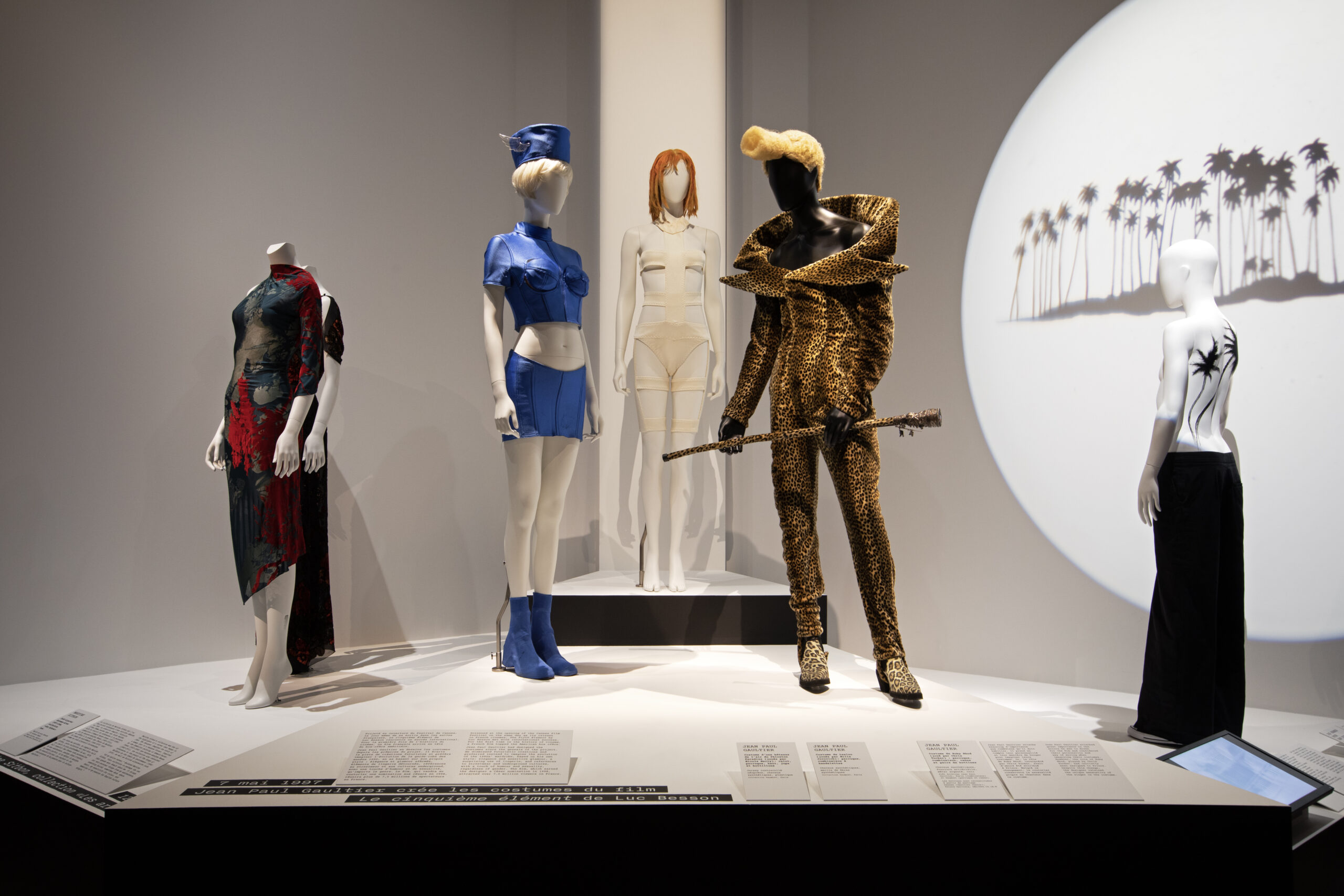The title of the “1997 Fashion Big Bang” exhibition just inaugurated at the Palais Galliera, refers to the famous 1997 issue of Vogue Paris, the cover of which declared “The Big Bang” of SS haute couture collections, which stood out radically from their predecessors, generating mixed opinions, defining a watershed in contemporary fashion history.
The year was crucial creatively but also commercially, with the rise of a new generation of designers, both in ready-to-wear and haute couture, a flurry of breakthrough collections, and the opening of the Colette concept store in Paris on Rue Saint Honorè, which remained the epicenter of fashion for the next 20 years. The impact was such that this year can be considered the springboard for 21st century fashion, the key to the new millennium, having brought new appointments, presentations, and events that defined the fashion scene as we know it today.
“It’s a pivotal year because 1997 is where were born the references that are still relevant today, those collections that are top of mind and even designs that are still worn or are making a comeback”.
Indeed It was 1997 when Tom Ford, then creative director of Gucci, presented the G-string, which was placed at the entrance to the exhibition, symbolizing how an American designer tied to a commercial vision had shaken up the still-still European scene, as stated by Samson, curator of the exhibition. Another breaking gesture was Raf Simons’ Black Palms collection, through which he redefined the canons of male beauty. At the same time LVMH turned 10 and Bernard Arnault was making decisive moves, appointing Alexander McQueen as creative director of Givenchy, which debuted with Search for the Golden Fleece, a series of white and gold dresses with references to classical mythology, while John Galliano became designer of Dior and Marc Jacobs of Louis Vuitton.
In the spring, Rei Kawakubo presented the epic and controversial collection Body Meets Dress, Dress Meets Body, often called “lumps and bumps” characterized by large pads in anatomically improbable positions, tubular dresses of padded percale that sculpted, and for some deformed, a new silhouette; while Martin Margiela marked history with one of his most conceptual and memorable collections, inspired by Stockman atelier mannequins, introducing what would become a signature piece, a top that referenced the humble shape of the dress on which it was made.
It was the year of firsts, with the debut not only of Raf Simons but also Alber Elbaz at Guy Laroche, a sparkling period when little-known young creative directors rose to prominence, either on their own or taking the reins of major maisons, including Heidi Slimane at Saint Laurent, Stella McCartney at Chloé, and Nicolas Ghesquière at Balenciaga. This creative wave has also had an impact on film, as with the clothes designed by Gaultier for Luc Besson’s epic sci-fi film Fifth Element, which established fashion as an integral part of pop culture; but also in the music field, especially with Bjork, who brought together elements of multiple cultures with a McQueen-inspired kimono dress for the stunning cover of her album Homogenic.
The euphoria of all these innovations was sided by tragic events, such as the shocking assassination of Gianni Versace in Miami, the overdose death of 20-year-old photographer Davide Sorrenti, which highlighted substance abuse, and the passing of Lady Diana, at whose funeral Donatella Versace and Arnault were also there, alongside politicians, heads of state and royalty.
The exhibition’s chronological layout features more than 50 silhouettes from the Palais Galliera collections, along with loans from museums, collectors and international fashion houses, also including videos and some exceptional archival documents. The 1997 Fashion Big Bang show is an invitation to discover or re-experience the key events of this “explosive” year in fashion history.
The show will be opened to the public until the 16th of July 2023. For further information palaisgalliera.paris.fr.
“A rebirth as a media phenomenon, dominated by the idea not of selling clothes, but a dream and a vision.”
















